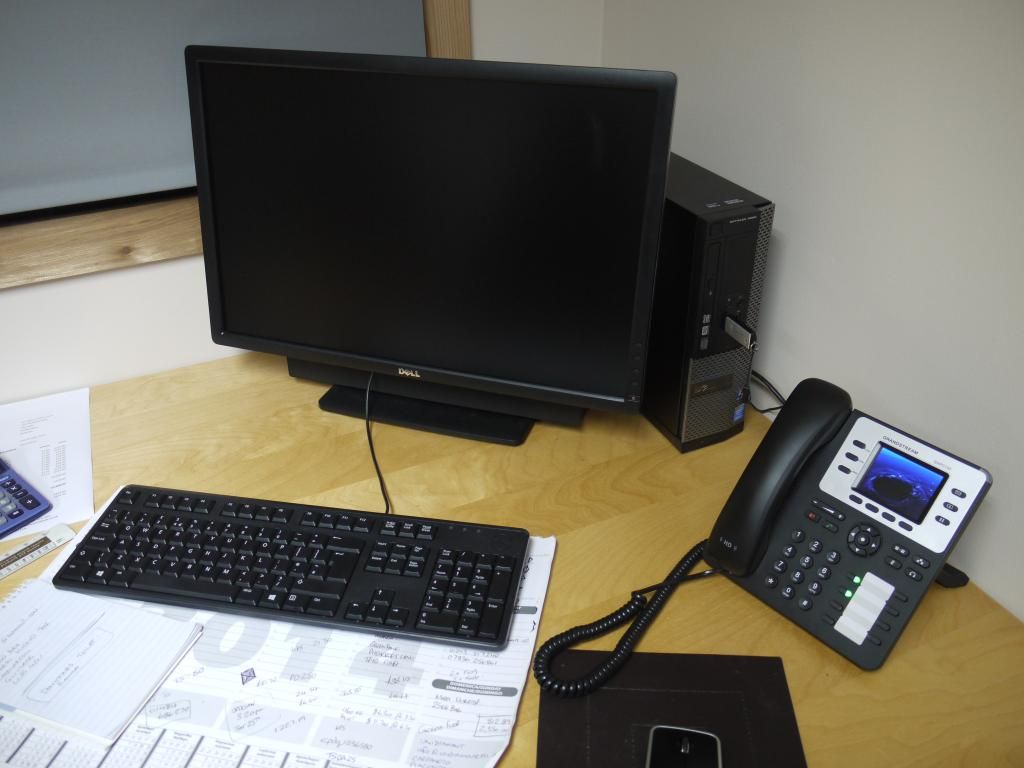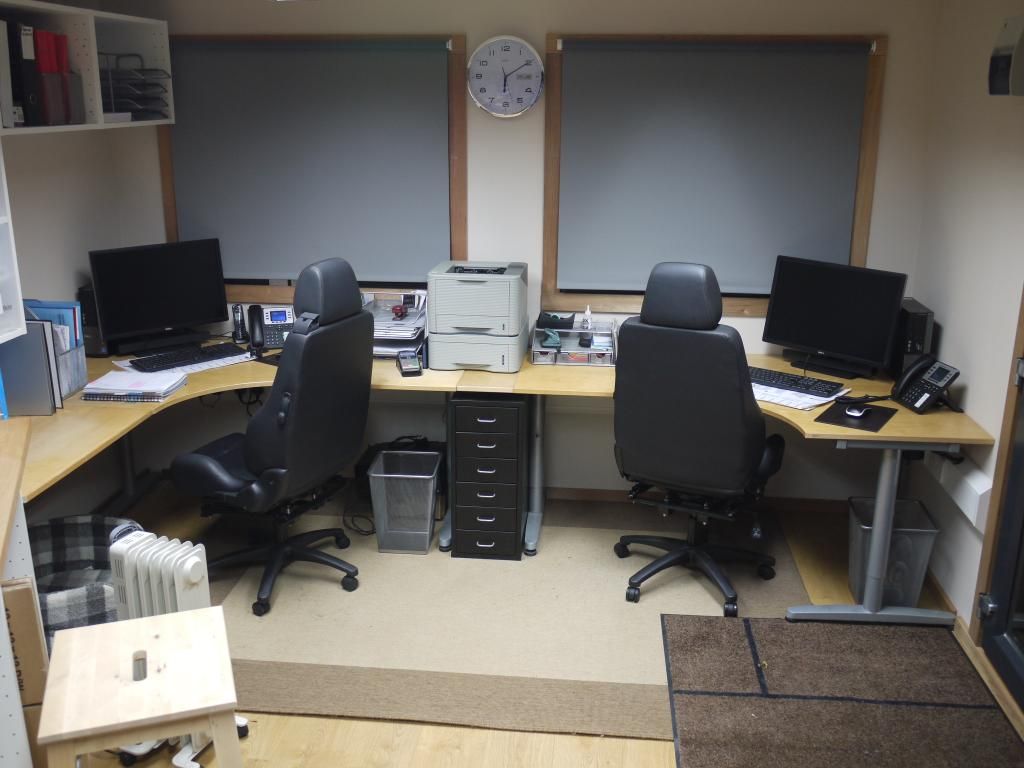- Joined
- Dec 28, 2007
- Messages
- 8,231
- Car
- Volvo XC90 T8 Polestar c500bhp
Hello guys,
My fairly old but reasonably specced desktop (3.00Ghz/4Gb RAM) has Vista as it's OS.
The C drive is 70Gb and the Windows file within it is using 28Gb alone.
Add that to our user files and a couple of Programme Files and Prorgamme Data files within the C: tree and we're at c60Gb.
I've actually only got 1.17Gb free on the C drive .
.
A few questions:
Can/should I get rid of Vista and replace it with Windows 7 (I don't like 8)?
Can you still buy or upgrade/download Win7?
If so, do I save all "our stuff" onto a separate hard drive, which I've got and then reload it onto C when it's running Windows 7 - will there be any compatability issues?
What's the purpose of the additional D: drive (called Data) which has almost 60Gb from 70Gb free?
How does stuff get onto D: when the default appears to be C:?
Of primary importance is not losing any data.
Thanks,
My fairly old but reasonably specced desktop (3.00Ghz/4Gb RAM) has Vista as it's OS.
The C drive is 70Gb and the Windows file within it is using 28Gb alone.
Add that to our user files and a couple of Programme Files and Prorgamme Data files within the C: tree and we're at c60Gb.
I've actually only got 1.17Gb free on the C drive
 .
.A few questions:
Can/should I get rid of Vista and replace it with Windows 7 (I don't like 8)?
Can you still buy or upgrade/download Win7?
If so, do I save all "our stuff" onto a separate hard drive, which I've got and then reload it onto C when it's running Windows 7 - will there be any compatability issues?
What's the purpose of the additional D: drive (called Data) which has almost 60Gb from 70Gb free?
How does stuff get onto D: when the default appears to be C:?
Of primary importance is not losing any data.
Thanks,
Last edited:

 Most or all MS files are readable by OSX and documents can still be saved as .doc ……….just saying
Most or all MS files are readable by OSX and documents can still be saved as .doc ……….just saying
